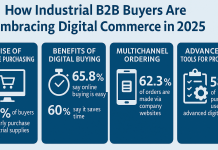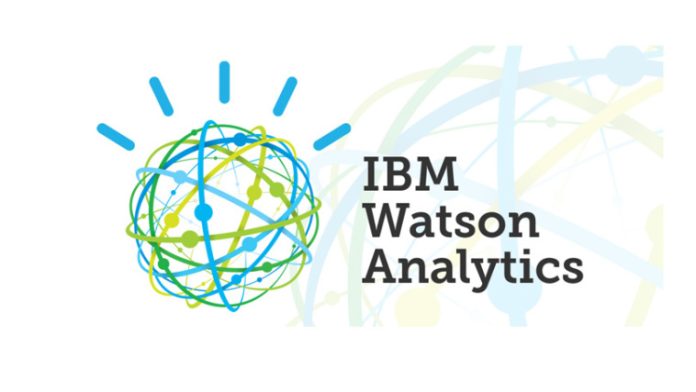IBM recently announced that it has planned to upgrade capabilities in natural language processing (NLP) in Watson Discovery. This upgrade shall majorly benefit the corporate users in financial, insurance, and legal services. These upgrades are made in order to enhance customer service and accelerate business operations.
Businesses have completely turned their dependency on natural processing language and machine learning to guide them in sifting through the increasing amounts of data and documents set in various formats. For simplifying and reducing research time one can leverage AI to extract insights from documents. Also, AI can enable any company to make fact-based decisions, especially when performing time-sensitive and complex tasks such as insurance claims or conducting financial analyses.
The new upgrades that IBM has introduced in Watson Discovery users to swiftly tailor the underlying NLP models to their business’s unique language. As a result of advances of NLP, users can teach Watson to assist them in reading, comprehending, and surfacing in more precise insights from huge quantities of complicated, industry-related documents.
Within the new upgrades, the Watson Discovery feature includes a pre-trained model that automatically understands the visual structure and layout of a document. It does not require extra input from a developer or data scientist. The feature is available now in the Plus, Enterprise, and Premium plans.
It also has an advanced pattern creation feature which makes identifying business-specific text patterns in documents easier. The taxonomies sector can highly benefit from this there is a search across multiple document formats to find answers. It is also designed to self-learn those structures from as little as two examples.
It also has special customization capabilities that improve the ability to detect the correct data from super complex documents like insurance claim forms. Due to this, IT will require less time in data preparation and labeling.












